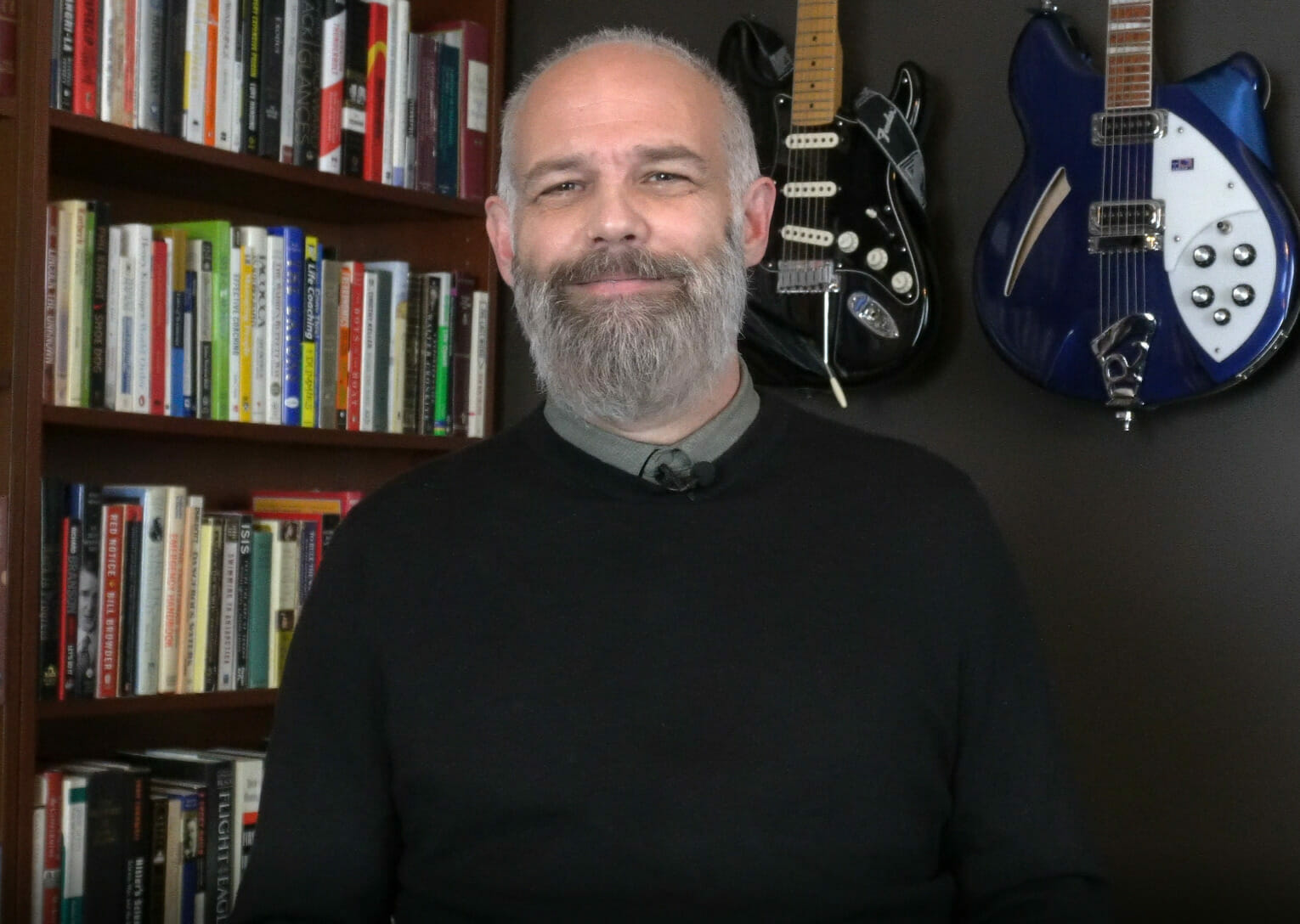This video is a quick discussion with me and Jayden Kuik, co-owner of Legacy Windows. Jay and his partner Pete put their company through my online program, and he discusses the results they achieved building leaders with a new, fresh approach.
This fall I’m launching an online membership community which you can join for $500 USD for the year.
Members will receive:
- 12 online courses
- A “Leadership Fundamentals” certificate
- A large library of tools and business forms
- 12 live interactive webinars with me and other leaders discussing course materials and taking questions
- reporting and accountability to assist with completion
To enroll, simply go to
https://learning.professionalleadershipinstitute.com/users/sign_up
Make an account, and get started! Looking forward to seeing you there!
You can also bring me in to personally coach your team like Jay did. If that’s something you’re interested in, drop me a note at [email protected]
Now on to today’s tip!
Let’s start off with a question:
For the time it took a blue collar worker in 1850 to earn enough money to buy one pound of sugar, how many pounds of sugar could that same blue collar worker get today for the same amount of time worked?
We’re just looking at the amount of time they would have to work to get the same quantity of sugar.
Could they buy twice as much sugar today? Three times as much? We know that we’ve made economic progress in the capitalist West over the last 150 years or so.
The true answer is that a blue collar worker could earn enough to buy 107 pounds of sugar in 2017 for the same amount of work that it took their great great grandfather to buy one pound of sugar in 1850.
And this is true for most commodities. Everything is becoming more abundant and much, much cheaper. In other words, if you live in the capitalist west, you’re getting richer by the day, whatever dollar amount you get paid.
Here are some other examples:,
Between 1850 and 2017 the price of:
- Rice dropped by 111%
- Pork by 98.7% (a blue collar worker can buy 75 lbs. of pork today instead of 1 pound of pork in 1850 for the same amount of time worked)
- Coffee dropped by 98% (you can buy 49 lbs. of coffee for the same amount of work that it took your ancestors to buy 1 lb. of coffee)
- Beef drops by 85% (7 lbs. now for the price of 1 lb. then)
- Corn: 26 lbs. for the price of 1 lb.
- The blue collar hourly wage has increased from the equivalent of .06 cents/hr. to $32/hr. (adjusted for inflation)*
Since 1980 this trend has increased by about 30%. Innovation and abundance have only heated up in the past 40 years.
Capitalism works. We’re richer today by far than our grandparents were back in the ‘good old days.’
Capitalism (free markets) encourages and rewards innovation
Here’s an innovation we don’t even think about today: the light bulb, invented about 150 years ago.
One incandescent bulb produces about the same amount of light as 117 wax candles. It increases the amount of time people can work, is vastly cheaper than candles, and makes us all richer. That’s just one example.
Here are a few key innovations that have changed our lives in the past century: (just off the top of my head)
- electricity
- the internal combustion engine
- railroads
- highway systems
- airplanes and the secret of flight
- rocketry and space flight
- modern weaponry
- anesthetics, cures for countless diseases, and scores of other modern medical advances
- electric household appliances
- telephones and TV
- solar, nuclear, and other alternate sources of energy
- microprocessors/computers
- the internet
- thousands of others
Basically all of which were invented in free market countries btw. Just saying.
You’re going to be richer if…
You fight for free speech: without it, ideas can’t be aired and sifted; the good ones embraced and the bad ones discarded. Political and economic freedom are inextricably linked.
You vote against socialism: a free market gives instant intel from millions of people about which ideas are worthy and which aren’t. When government decides which ideas should be invested in instead of real people, innovation stops, bad ideas get artificial legs, and wealth production stagnates.
What does the future hold? For you?
That depends. Will we/you/I be grateful for what we have and determine to fix what isn’t working, build on the past, and make things even better, or will we be ingrates and tear it all down?
The future can be very, very bright. The past shows us that.
Will it continue? Really, it’s up to you.
Consider forwarding this to someone under 35!
Stats from Superabundance: The Story of Population Growth, Innovation, and Human Flourishing on an Infinitely Bountiful Planet. Gale Pooley and George Gilder, 2022
https://www.amazon.com/Superabundance-Population-Innovation-Flourishing-Infinitely/dp/195222358X

Trevor Throness is a speaker, consultant, and author of “The Power of People Skills.” He is also co-founder and senior instructor at professionalleadershipinstitute.com https://professionalleadershipinstitute.com/
Find more about “The Power of People Skills” here: https://www.amazon.com/Power-People-Skills-Dramatically-Performance/dp/1632651068

